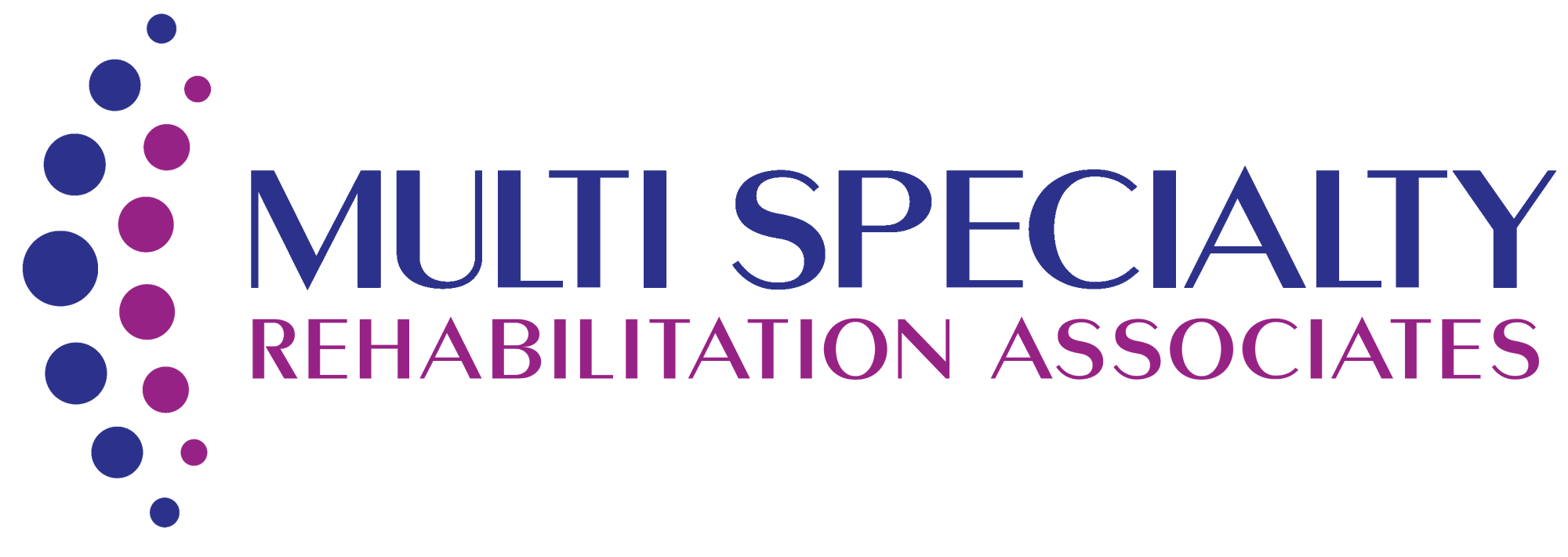(FAQ) About Pain Management
What is pain management?
Pain management is a medical approach that focuses on reducing or eliminating pain to improve a patient’s quality of life. It involves various treatments, including medications, therapies, and minimally invasive procedures, tailored to the type and cause of pain.
What types of pain do pain management specialists treat?
Pain management specialists treat various types of pain, including:
- Acute pain: Sudden pain, often from an injury or surgery, that typically resolves with treatment.
- Chronic pain: Persistent pain lasting more than three months, such as arthritis, back pain, or neuropathy.
- Neuropathic pain: Pain resulting from nerve damage or dysfunction, often described as burning or tingling.
- Musculoskeletal pain: Pain affecting muscles, ligaments, and joints, such as in conditions like fibromyalgia or osteoarthritis.
- Cancer pain: Pain associated with cancer and its treatment.
What are the most common causes of chronic pain?
Common causes of chronic pain include:
- Arthritis (osteoarthritis, rheumatoid arthritis)
- Back pain (herniated discs, spinal stenosis, sciatica)
- Neuropathy (nerve damage from diabetes or other conditions)
- Fibromyalgia
- Migraines and other chronic headaches
- Cancer and cancer treatment
- Injuries that have not fully healed
What treatment options are available for pain management?
Pain management uses a multidisciplinary approach that may include:
- Medications: Over-the-counter pain relievers (e.g., NSAIDs), prescription opioids, antidepressants, anti-seizure drugs, and topical creams.
- Injections: Corticosteroid injections, nerve blocks, epidural injections, and trigger point injections to reduce inflammation and block pain signals.
- Physical therapy: Exercises and treatments designed to improve mobility, strengthen muscles, and relieve pain.
- Chiropractic care: Manual adjustments to improve spinal alignment and reduce pain.
- Acupuncture: A traditional Chinese medicine technique that involves inserting thin needles into specific points to relieve pain.
- Minimally invasive procedures: Such as radiofrequency ablation (RFA), spinal cord stimulation, and intrathecal pain pumps.
What is a nerve block, and how does it help with pain?
A nerve block involves injecting medication directly around a nerve or group of nerves to interrupt pain signals from reaching the brain. It can provide temporary or long-term relief for pain caused by conditions like sciatica, migraines, or chronic back pain.
What is spinal cord stimulation?
Spinal cord stimulation (SCS) is a treatment for chronic pain where a small device is implanted near the spinal cord to deliver electrical impulses. These impulses disrupt pain signals before they reach the brain, providing relief for conditions like failed back surgery syndrome, nerve pain, or complex regional pain syndrome (CRPS).
Are opioids the best option for pain management?
Opioids can be effective for short-term relief of severe pain, such as after surgery or injury. However, due to the risk of dependence, addiction, and side effects, they are not typically recommended for long-term use in managing chronic pain. Pain management specialists often prefer non-opioid treatments or use opioids as part of a comprehensive plan with close monitoring.
What are the risks of long-term opioid use?
Long-term opioid use carries several risks, including:
- Dependence and addiction
- Tolerance, where higher doses are needed to achieve the same pain relief
- Overdose, which can be life-threatening
- Side effects, such as drowsiness, constipation, nausea, and cognitive impairment Because of these risks, opioids are usually reserved for short-term or carefully managed long-term use.
How can physical therapy help with pain management?
Physical therapy can help manage pain by improving mobility, strengthening muscles, and correcting posture or movement patterns that contribute to pain. Therapists may use techniques like stretching, strengthening exercises, heat or cold therapy, and massage to alleviate pain and prevent it from worsening.
What is radiofrequency ablation (RFA)?
RFA is a minimally invasive procedure used to treat chronic pain by using heat generated from radio waves to disrupt or destroy nerves that carry pain signals. It is commonly used to treat pain from conditions like arthritis or spinal conditions. The procedure can provide pain relief for several months to over a year.
What is the difference between acute and chronic pain?
- Acute pain is short-term and typically results from injury, surgery, or a specific medical condition. It usually resolves as the underlying issue heals.
- Chronic pain lasts longer than three months and may persist even after the initial cause has healed or be related to ongoing conditions like arthritis, nerve damage, or fibromyalgia.
Can chronic pain be cured?
Chronic pain is often managed rather than cured, depending on the underlying condition. However, a combination of treatments—such as medications, physical therapy, lifestyle changes, and interventional procedures—can significantly reduce pain and improve quality of life.
How can lifestyle changes help with pain management?
Chronic pain is often managed rather than cured, depending on the underlying condition. However, a combination of treatments—such as medications, physical therapy, lifestyle changes, and interventional procedures—can significantly reduce pain and improve quality of life.
Can alternative therapies like acupuncture help with pain?
Yes, alternative therapies like acupuncture, massage, and chiropractic care are often used alongside conventional treatments to help manage pain. Acupuncture, in particular, has been shown to be effective for conditions like chronic back pain, osteoarthritis, and migraines.
Are pain management treatments covered by insurance?
Many pain management treatments, including medications, physical therapy, and certain procedures (e.g., injections, nerve blocks), are covered by health insurance. Coverage varies depending on the provider and the specific treatment, so it’s important to check with your insurance company to understand your benefits.

